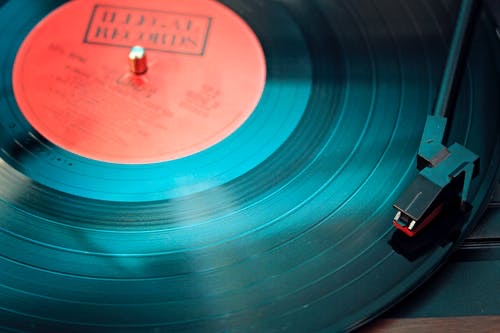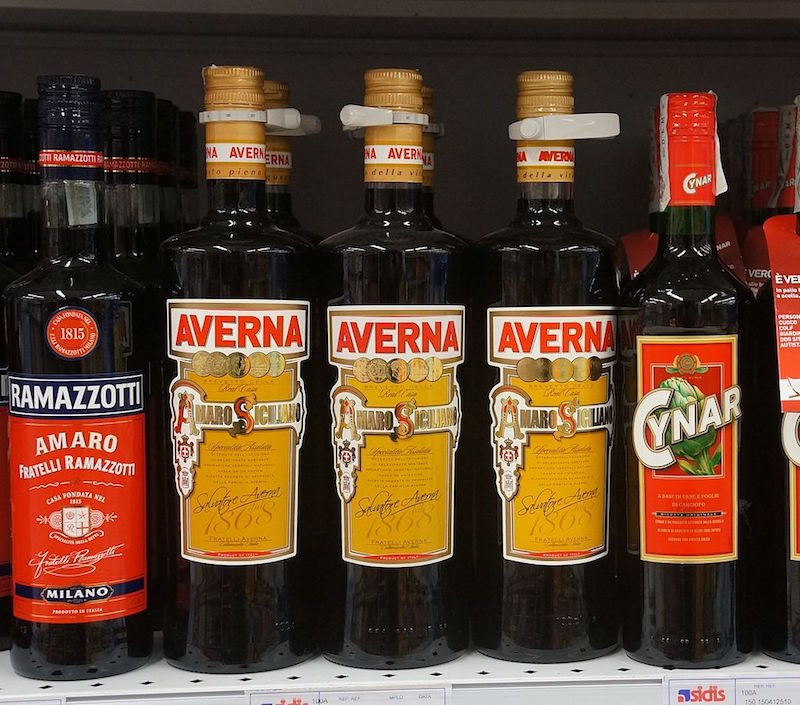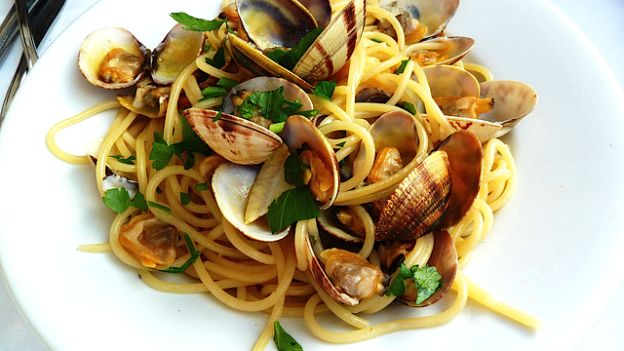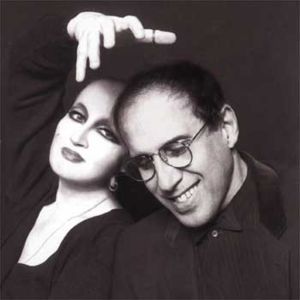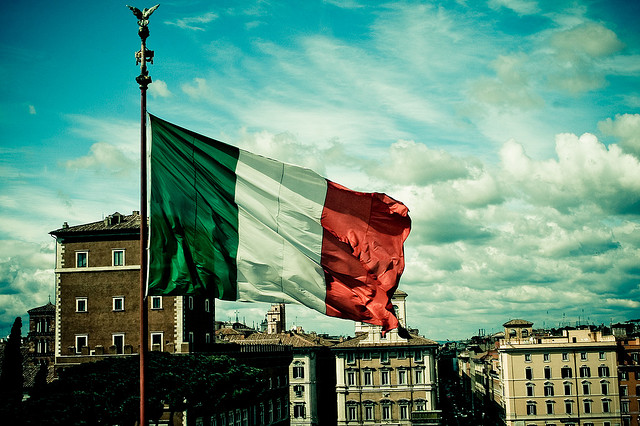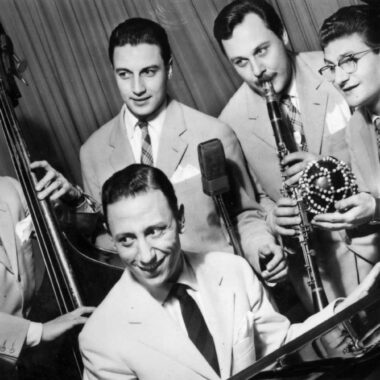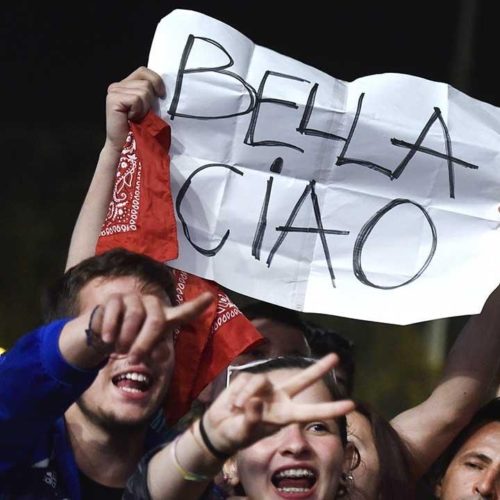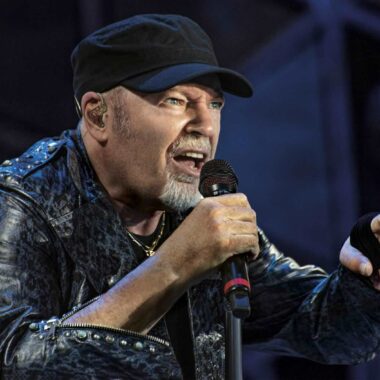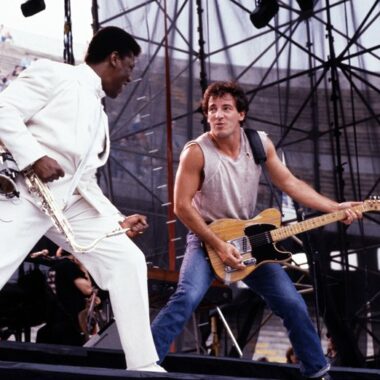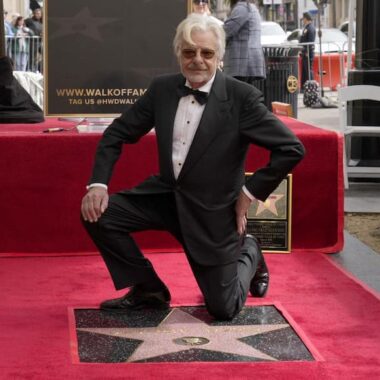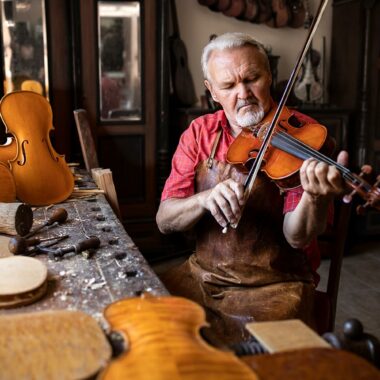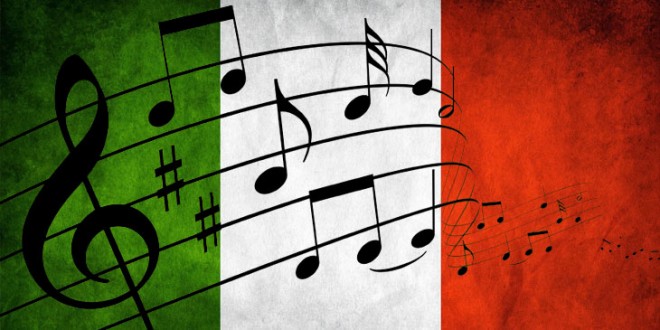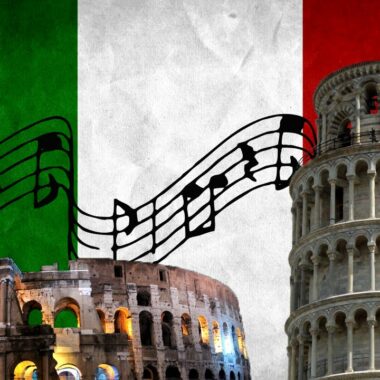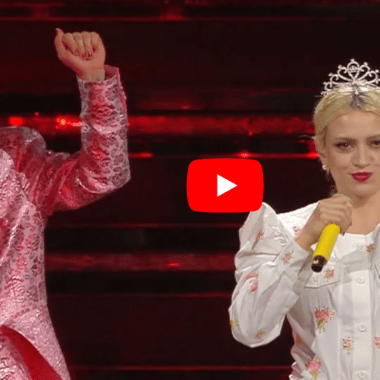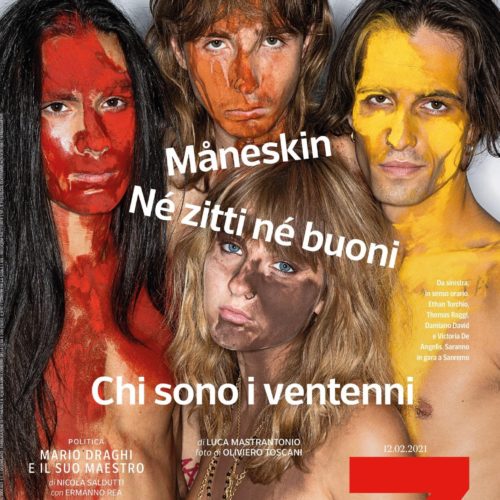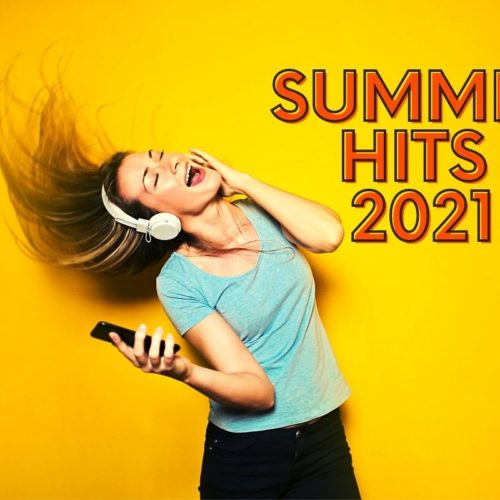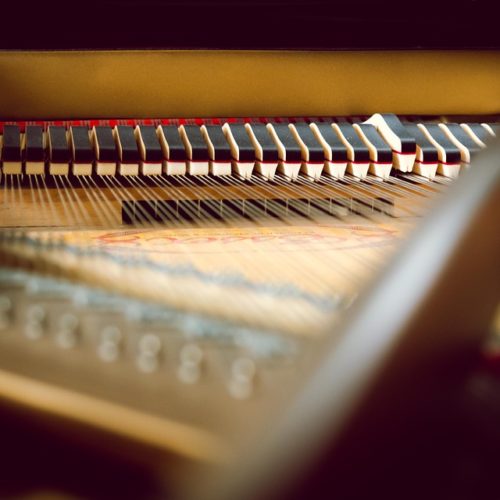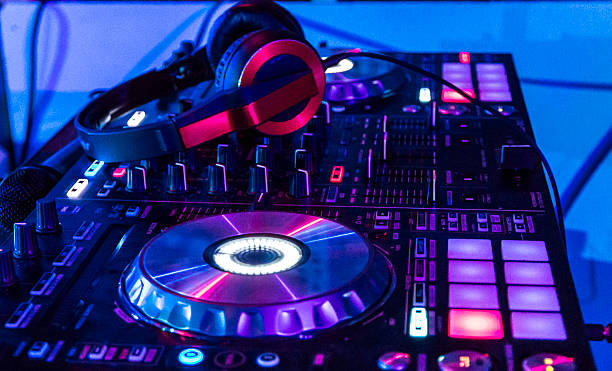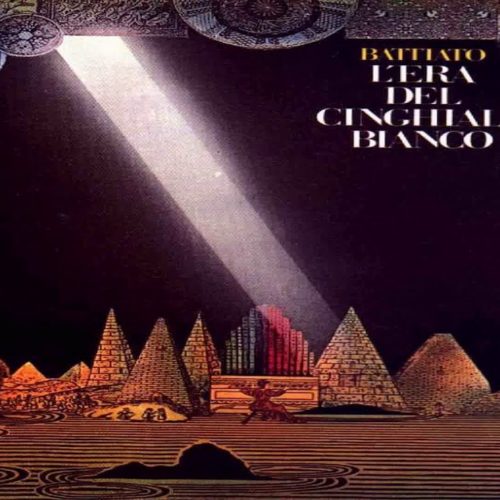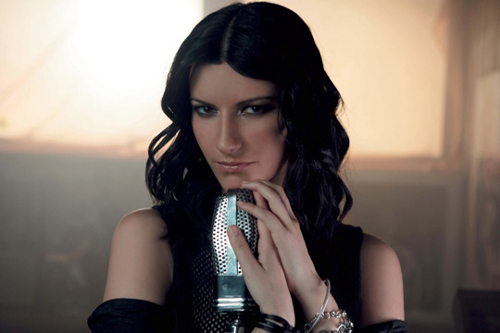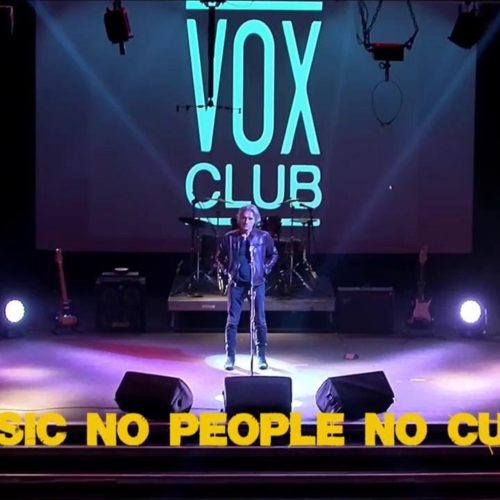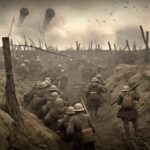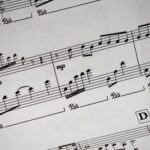Or, popular Italian music before World War II, WW2.
Italian popular music at the turn of the 20th century was like a small child, ready to absorb the inputs coming from the outside world. It was strongly, and somewhat randomly, influenced by the Opera and by the so called Neapolitan Song and by foreign musical styles. Styles such as the French Café Chantant or the American Charleston.
Then, First World War came and it swept away the world as we knew it. It brought new fears, new concerns, and new anxieties. After the end of the First World War, Italy, like many other European countries, was in a very precarious economic state. And, with the old values of 19th century abruptly upset by the meaningless cruelty of the war, in a very precarious social state too.
How dictatorship affected Italian music before WW2
The Fascist movement seized power after the notorious March on Rome, which happened on the 30th of October 1922. From that moment until the end of the regime (roughly 20 years later), Italian culture suffered. Mussolini isolated the country from worldwide trends and influences. During the Fascist years, the only art and culture left in Italy was either propaganda, mere escapism, or a cunning mix of both.
Music, unfortunately, was no exception. The rise of the nationalistic policy led to a retreat from international popular music. Mussolini’s goal was to preserve the country from foreign influences, even in the arts. While Italian music before WW2 was fading, in the US it was booming. In the United States, swing, ragtime, and dixieland were booming. And, slowly, rock and roll was appearing.
Jazz seeps through the isolation
But progress is a force impossible to defeat. Foreign influences seeped into the Italian music before WW2. Popular Italian musicians traveled abroad and the learned jazz. The first jazz orchestras in Italy, were born in the 1920s thanks to bandleader like Arturo Agazzi. They enjoyed instant success.
In spite of isolation policies, American jazz remained popular during the 1930s. It was an important influence for singers such as Alberto Rabagliati, well-known for its swinging style. Italian young people also danced to the rhythms of Latin styles such as tango, rumba and beguine.
As for the lyrics, singers sang lovie-dovie rhymes, about sad and beloved mothers. Or nonsensical stories of dead cats or penguins in love – a surreal tradition, which was someway a legacy of the so-called avant-gardes of the beginning of the century . But some songs’ lyrics were just plainly nationalistic, militaristic and openly racist. Let’s have a closer look at two of the most well known, meaningful and peculiar musical phenomenons of the times: the Trio Lescano and Alberto Rabagliati
The Trio Lescano
This was a vocal female trio with a singular and interesting story. It was a real pop fairy tale of Italian music before WW2. The Trio, an Italian version of the Andrews Sisters, was extremely popular in Italy between 1930s and 1940s. Three Dutch sisters formed it: Alexandra, Judith and Kitty Leschan.
Their father was a Hungarian contortionist and their mother a Jewish Dutch operetta singer. The family grew up in the Netherlands, where the sisters worked as acrobats, performing in Europe and in the Middle East. When they formed the vocal trip in the mid 1930s, they moved to Italy.
The Italian debut
Carlo Prato was the artistic director of the Turinese base of the Italian state radio station. He took them under his wing and made them change their names to: Alessandra, Giuditta, and Caterina Lescano. Thanks to the radio the trio became famous overnight. So much so that even Benito Mussolini, recognized them.
The Trio Lescano was making big money and it was revered by Italian people of all ages. In 1941, the sisters became Italian citizens. But times were “A-changing. “
The WW2 developments
The Nazis stormed through Europe. Meanwhile, Fascism enacted the so called Racial Laws, one of the lowest points in Italian history.
Being Jews during WW2
In 1942 the Trio Lescano’s golden period tragically came to an end. Due to their Jewish origins, the sisters were first banished from all radio programs. Then, they were arrested and preposterously charged with espionage. The Trio was accused of filling their songs with encoded messages for the enemy.
The Trio Lescano had a sophisticated style based on vocal virtuosity and swing and jazz harmonization. As for the lyrics, in general they were an almost nonsensical flow of words (that’s maybe were the accusation of hiding encoded messages comes from), childish stories of dead cats (Maramao perché sei morto), penguins in love (Il pinguino innamorato), strange and goofy people (Pippo non lo sa). Most of their hits sounded more like nursery rhymes than real songs. But delighted Italian audiences of the times who were desperately looking for a way to escape the increasingly heavy atmosphere of the period.
Meet Alberto Rabagliati
Alberto Rabagliati’s story is another interesting one. Rabagliati was born in Milan, in 1906, but in 1927 he suddenly moved to Hollywood. He stayed four years in the US, but his acting career never took off. During his American period, however, he had the great chance of getting to know new musical genres. He met swing and scat singing, and he realized that his future was in music rather than in cinema.
Back to Italy
He moved back to Italy to become a singer. In his home country, he joined the Lecuona Cuban Boys, a Cuban band. Rabagliati performed with his face blackened, like in a minstrel show, and had some success with the song “Maria la O”. After a very important audition with the Italian state radio station, EIAR, Rabagliati quickly became a radio star.
In 1941, every Monday night he had his own radio show, Canta Rabagliati (“Rabagliati sings”). During this show the singer performed all his memorable hits, such as “Ma l’amore no”, “Mattinata fiorentina”, “Ba-Ba-Baciami Piccina”, “Silenzioso slow”, “Bambina innamorata”. His repertoire was mainly made of “silly love songs”, as Paul McCartney would say. But their music was a remarkable breakthrough for the Italian musical scene before WW2.
When foreign influences were banned, the idol Rabagliati was allowed to keep his swinging style. Furthermore, the Fascist government decided to exploit his popularity using his song “Sposi” (Wed) as their demographic campaign anthem. He enjoyed so much fame that his name was later mentioned in the lyrics of three songs, “La famiglia canterina”, “Quando canta Rabagliati”, “Quando la radio”.
Italian music before ww2
On an international scale, the Second World War had been more traumatizing than the First. Only, this time Italy faced the postwar period with a completely different spirit.
The fall of the fascist regime and the arrival of the Allies spread across the country a new wave of energy and optimism. Italy was peacefully invaded by boogie-woogie, chewing-gum and Hollywood movies (one of the long missed foreign things of the 1930’s) and started to move at a very fast pace towards the years of the so called “Economic boom”.
Read our next chapter in the history of Italian music: discover the 50s!
